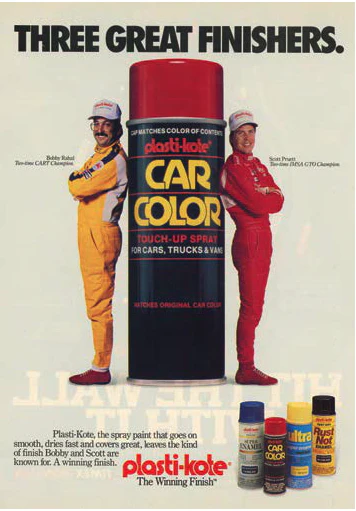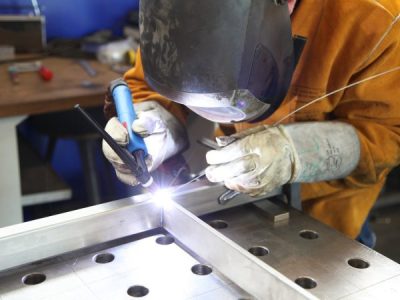
From the ancient caves of Lascaux to the bustling workshops of today, paint has been a fundamental medium for human expression, preservation, and innovation. At APT Spray Painting, we take pride in providing high-quality spray painting services that marry time-honoured techniques with cutting-edge technology. Join us on a journey through the fascinating history of paint, exploring how it evolved from primitive pigments to the modern marvels we use today.
1 – Cave Paintings: Humanity’s First Brush with Colour
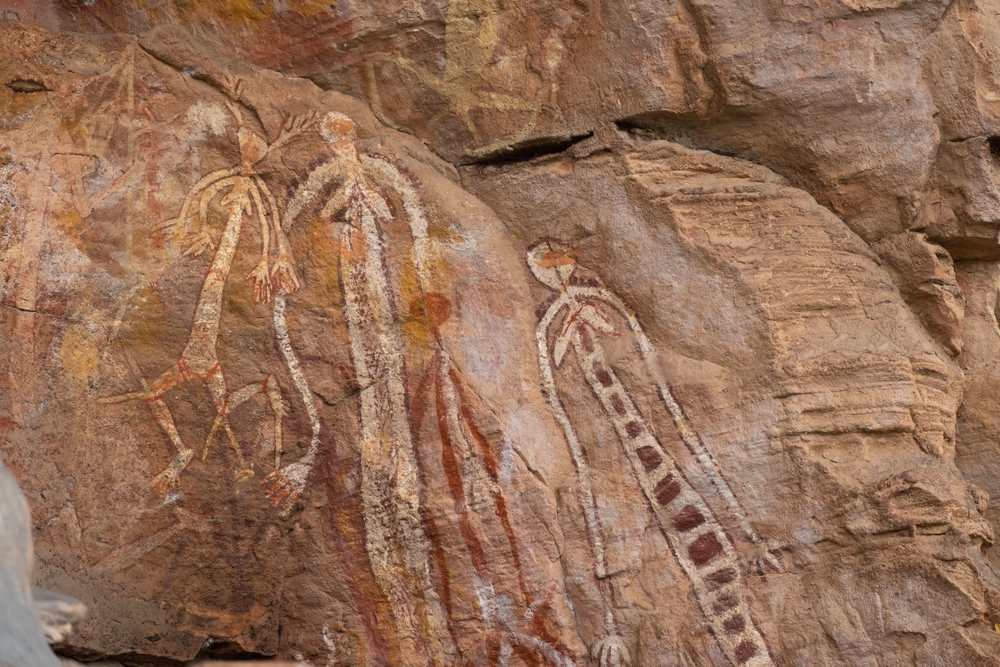
Around 40,000 years ago, early humans used their environments to create the first pigments, transforming minerals like ochre, charcoal, and hematite into a palette of red, brown, black, and yellow. In caves across Europe, Africa, and Australia, ancient artists depicted animals, hunting scenes, and spiritual symbols, suggesting that paint was initially used to communicate stories or perhaps connect with the supernatural.
These early painters applied pigments with their fingers, sticks, and bones, even creating primitive stencils by blowing pigment around their hands—a method similar to spray painting! These enduring images reveal how deeply ingrained artistic expression is within us and mark the beginning of humankind’s fascination with colour.
2 – The Rise of Ancient Civilisations: Paint as Symbol and Art

As humans settled and built societies, their understanding and use of colour advanced. The Egyptians, Greeks, and Romans expanded paint’s role to express power, spirituality, and social status. Egyptians developed complex pigments like Egyptian blue, a bright, durable colour created by heating sand, copper, and natron. They adorned tombs and temples with bright depictions of gods, animals, and daily life, believing that painted images had spiritual significance.
The Greeks and Romans carried these traditions forward, using sophisticated fresco techniques that applied pigment to wet plaster, creating stunning, durable murals. These cultures valued colour as more than decoration; it was a form of preservation, a way to pass down stories, and a status symbol.
3 – The Middle Ages and Renaissance: Mastery of Oil and Pigment
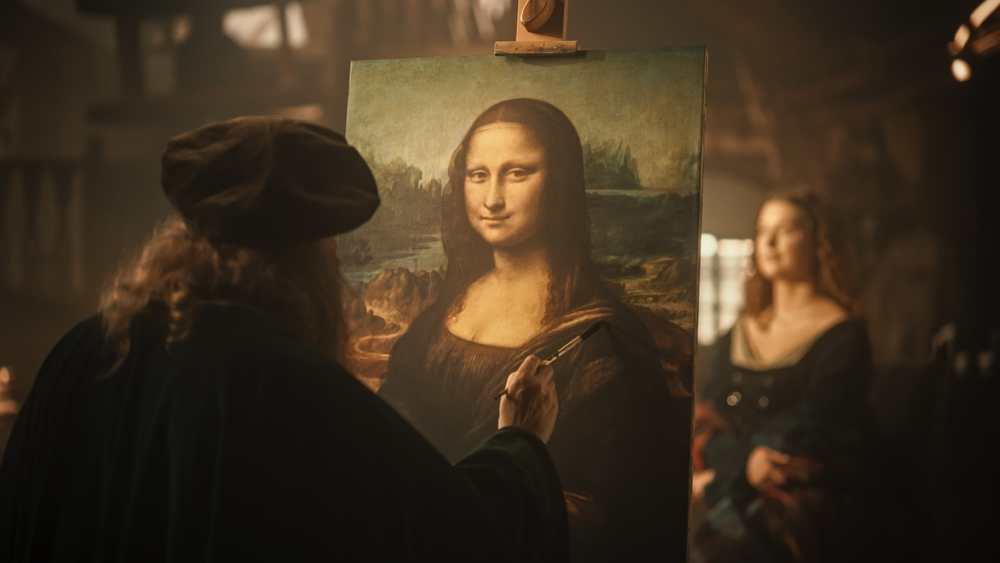
In medieval Europe, painting evolved with egg tempera, a medium made by mixing pigment with egg yolk. Its fast-drying nature made it ideal for icons and illuminated manuscripts, but it lacked the richness of later innovations. During the Renaissance, however, oil paint transformed art by enabling richer, more lifelike images.
Artists mixed pigments with oils like linseed to create depth, luminosity, and vibrancy. Masters like Leonardo da Vinci, Michelangelo, and Rembrandt used oil paint to create astonishingly realistic images, layering glazes for a sense of light and texture. For centuries, oil remained the pinnacle of artistic media, prized for its versatility, durability, and ability to create almost photographic detail.
4 – The Industrial Revolution: Mass Production and Accessibility
With the Industrial Revolution came a new era in paint production. In the early 19th century, synthetic pigments became popular, providing vibrant colours at a fraction of the cost. Innovations in chemistry led to breakthroughs in creating paints that could be mass-produced and purchased pre-mixed, making paint accessible to homeowners, artists, and businesses alike.
The first commercial paint factory opened in Boston in 1867, providing a consistent and reliable product that changed the face of both art and industry. Synthetic pigments and ready-made paints allowed people to add colour to their homes, vehicles, and machinery, and paint became an integral part of modern life. This era laid the groundwork for the paint technologies and techniques we use today.
5 – The Invention of Acrylic Paints: Making Paint More Accessible
Acrylic paint was developed in the mid-20th century as a versatile, fast-drying alternative to traditional oil and watercolour paints. Its creation stemmed from advancements in polymer chemistry, particularly the use of synthetic acrylic resins. These resins were first employed as a binder, allowing pigment particles to be suspended in a water-based solution that dries to a durable, flexible film. Acrylic paint gained popularity due to its vibrant colours, quick drying time, and ability to adhere to a wide range of surfaces, from canvas to wood and metal. Its innovation also provided artists with the ability to layer colours rapidly without waiting days for drying, as with oils, and to achieve a variety of effects, from thick impasto textures to smooth washes. Today, acrylics remain a favourite medium for their adaptability, durability, and environmental friendliness compared to oil paints that require solvents.
6 – The Birth of Spray Painting: An Industrial Breakthrough
The invention of spray paint in the 20th century revolutionised the painting process, making it faster and more precise. In 1949, Edward Seymour introduced the first aerosol spray can, initially intended for aluminium coatings. This innovative product gained popularity for its even coverage and speed, becoming indispensable in industries where traditional brush applications fell short.
Spray paint soon found its way into various sectors, from automotive and construction to advertising and fine art. It offered a solution to large-scale projects, allowing consistent application with minimal waste and effort. Spray painting became a favourite among artists, DIY enthusiasts, and professionals alike, making it one of the most versatile painting methods available.
7 – The Growth of Professional Spray Painting Services

Spray painting is no longer limited to canned aerosols. Today, advanced spray painting equipment and techniques, such as High Volume Low Pressure (HVLP) and airless spray systems, allow professionals to achieve unparalleled finishes with efficiency. These tools apply a controlled, even coat that’s perfect for complex surfaces, from intricate furniture pieces to entire industrial machinery. Now spray paint has been utilised for its protective qualities across several industries, from rust protecting paint on ships and ocean cargo, to paint systems that are resistant to extreme temperatures for space and aerospace applications!
APT Spray Painting represents this next phase in spray painting, offering a professional service that delivers precision, durability, and aesthetic appeal for projects of any scale. Our team uses state-of-the-art technology to apply flawless finishes that enhance and protect. Whether it’s a touch-up, a complete refurbishment, or a custom colour application, APT’s services showcase the expertise and artistry that the history of paint has built up to.
7 – APT Spray Painting: Where Craft Meets Cutting-Edge Technology
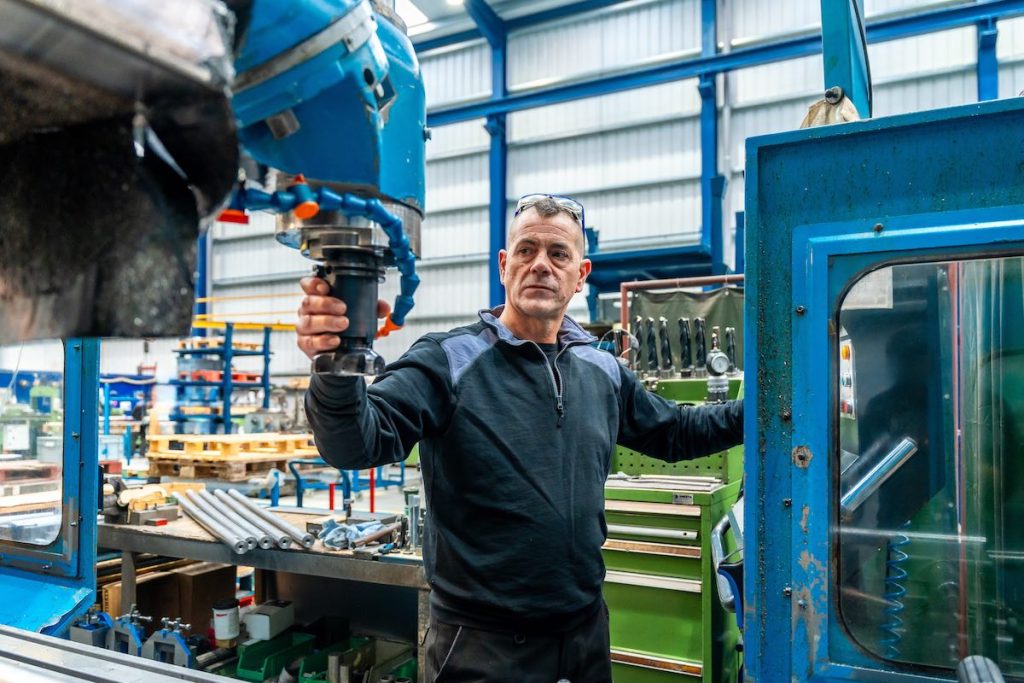
At APT, we pride ourselves on continuing the legacy of paint while innovating with modern techniques. Our spray painting services combine the artistry of the past with today’s top technology to bring vibrant colours and durable finishes to every project. Our commitment to quality ensures that every surface we touch reflects our dedication to excellence and precision.
APT Spray Painting offers services tailored to meet the unique needs of each client. From restoring worn-out finishes to applying protective coatings, our team ensures a perfect blend of beauty and durability. Our work isn’t just about colour; it’s about enhancing the functionality and appearance of materials to stand the test of time.

